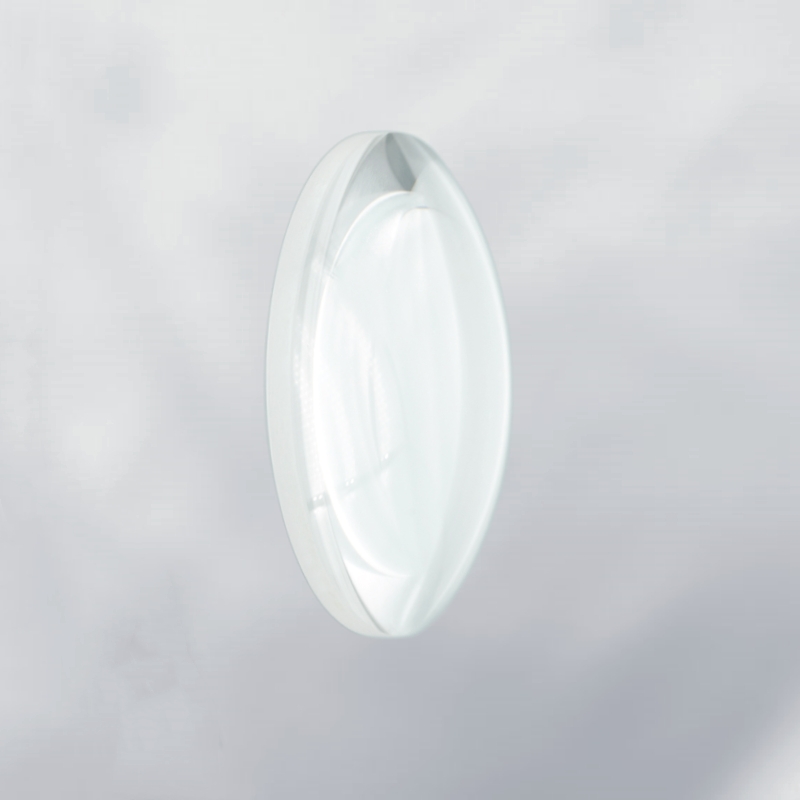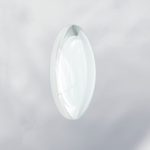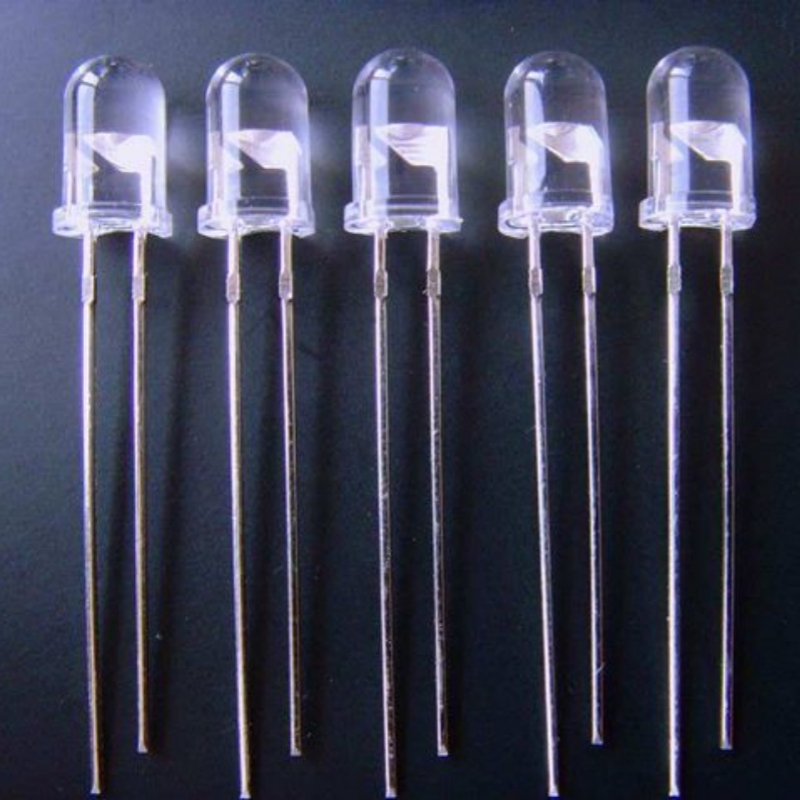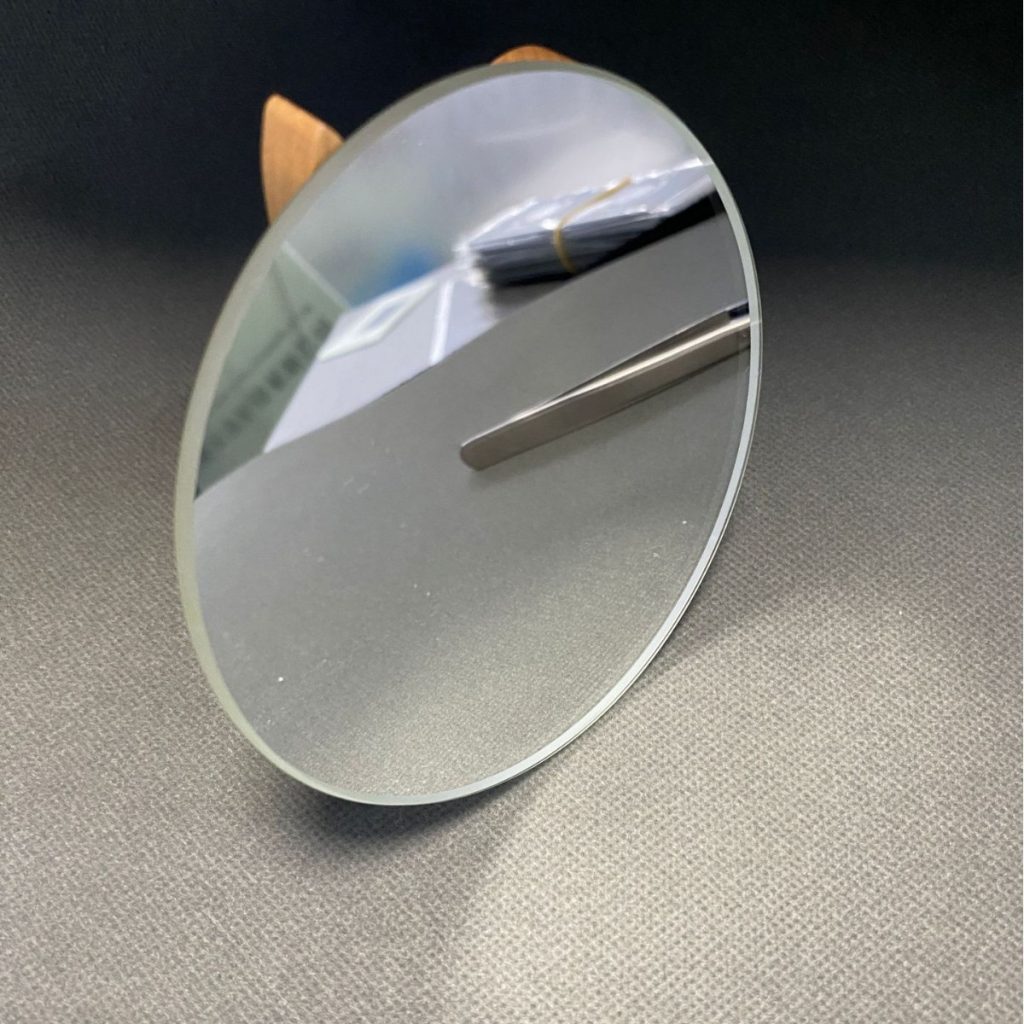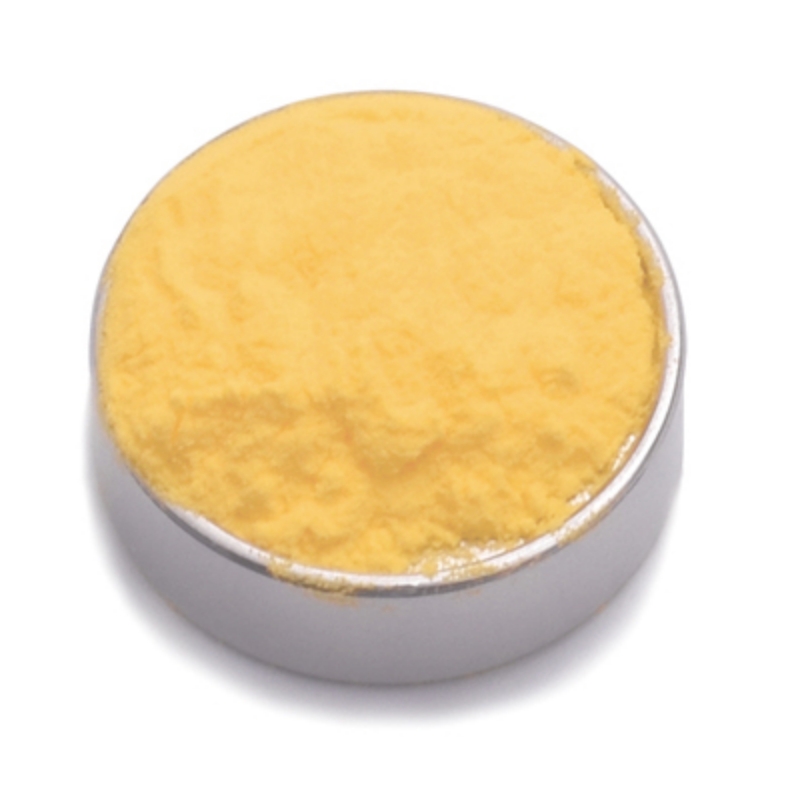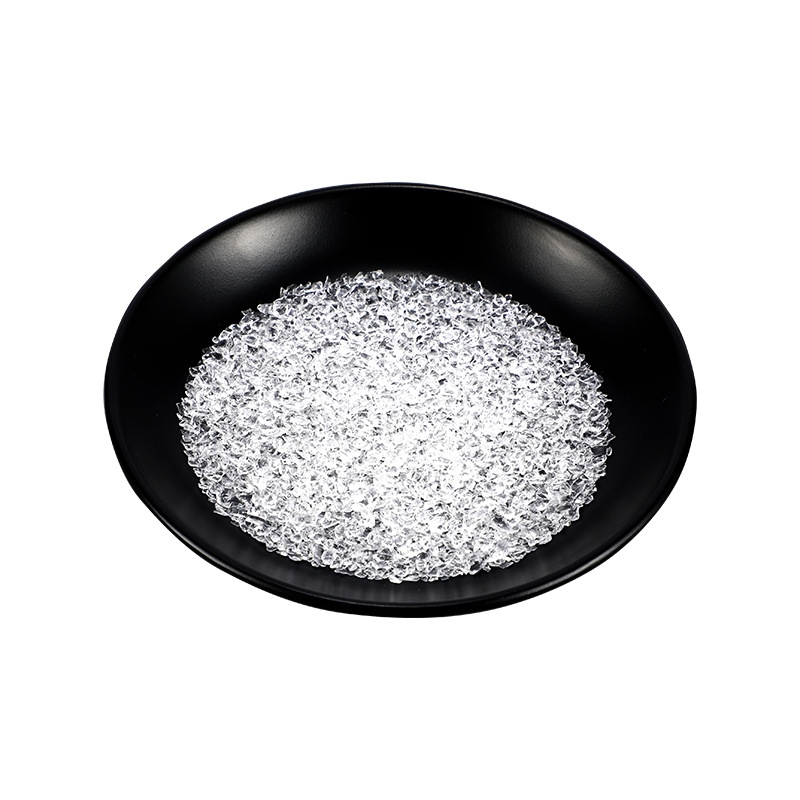Fused quartz crescent lens is a precision optical component designed for specialized light refraction, beam manipulation, and enhanced image correction. Manufactured from high-purity fused quartz, it offers exceptional optical clarity, minimal distortion, and excellent transmission across ultraviolet, visible, and infrared wavelengths. This uniquely shaped lens is widely used in imaging systems, laser optics, industrial applications, and scientific research, ensuring superior optical performance for advanced optical configurations.
Product Overview
The Fused Quartz Crescent Lens is a high-performance optical element made from fused quartz material, featuring a crescent-shaped design. This lens is engineered to minimize spherical aberration and optimize the imaging quality of optical systems. It can be used alone or in combination with other lenses to improve beam focusing and increase the system's numerical aperture. Manufactured using precision cutting and polishing techniques, it ensures outstanding optical performance, making it ideal for applications requiring precise optical control.
Key Features
- High Optical Transparency: With ultra-low reflectivity and high transmission, it guarantees superior optical performance.
- Thermal Stability: Fused quartz offers exceptional thermal stability, making it suitable for various environmental conditions.
- Anti-Reflective Coating: The lens can be coated to further improve anti-reflection performance, minimizing light loss.
- Precision Manufacturing: High-precision cutting, grinding, and polishing techniques ensure excellent surface finish and optical accuracy.
- Aspheric Design: The crescent shape is designed to minimize spherical aberration and effectively control beam focusing.
Applications
- Laser Systems: Used for beam focusing, collimating, and shaping to enhance the efficiency and precision of laser systems.
- Spectrometers: Serves as an optical component in spectrometers, ensuring the accuracy of spectral measurements.
- Optical Communications: Used to adjust the direction and shape of beams, improving the performance of optical communication systems.
- Imaging Systems: Applied in optical imaging systems such as microscopes and telescopes to optimize image quality and reduce aberrations.
- High-Temperature Environments: Its excellent thermal stability makes it ideal for optical applications in high-temperature and high-intensity light environments.
- Precision Measurement: Used in high-precision measuring instruments, improving measurement accuracy and stability.
| Optical Property | Value |
| Transmission Range | 0.18-2.1 μm |
| Refractive Index (@0.5876μm) | 1.4585 |
| Physical Property | Value |
| Density | 2.21 g/cm³ |
| Melting Point | 1900 ℃ |
| Thermal Conductivity | 1.35 W/(m·℃) |
| Thermal Expansion | 4.0×10⁻⁶ ℃⁻¹ |
| Specific Heat Capacity | 0.728×10⁻³ J/(Kg·℃) |
| Young's Modulus | 7.36 GPa |
| Shear Modulus | 3.14 GPa |
| Poisson's Coefficient | 0.17 |
| Chemical Property | Value |
| Solubility | Insoluble |
| Property | Value |
| Diameter Range | 2-300mm |
| Focal Length | 15-5000mm |
| Thickness | 0.12-60mm |
| Surface Quality | 80-50, 60-40, 40-20, 20-10, 10-5 |
| Surface Flatness | λ/2, λ/4, λ/8, λ/10 |
| Clear Aperture | >90% |
| Coating | Customizable |
Submit Your RequirementsWe will contact you within 24 hours.
 WOBO Scientific Research New Materials One-Stop Service Platform
WOBO Scientific Research New Materials One-Stop Service Platform


